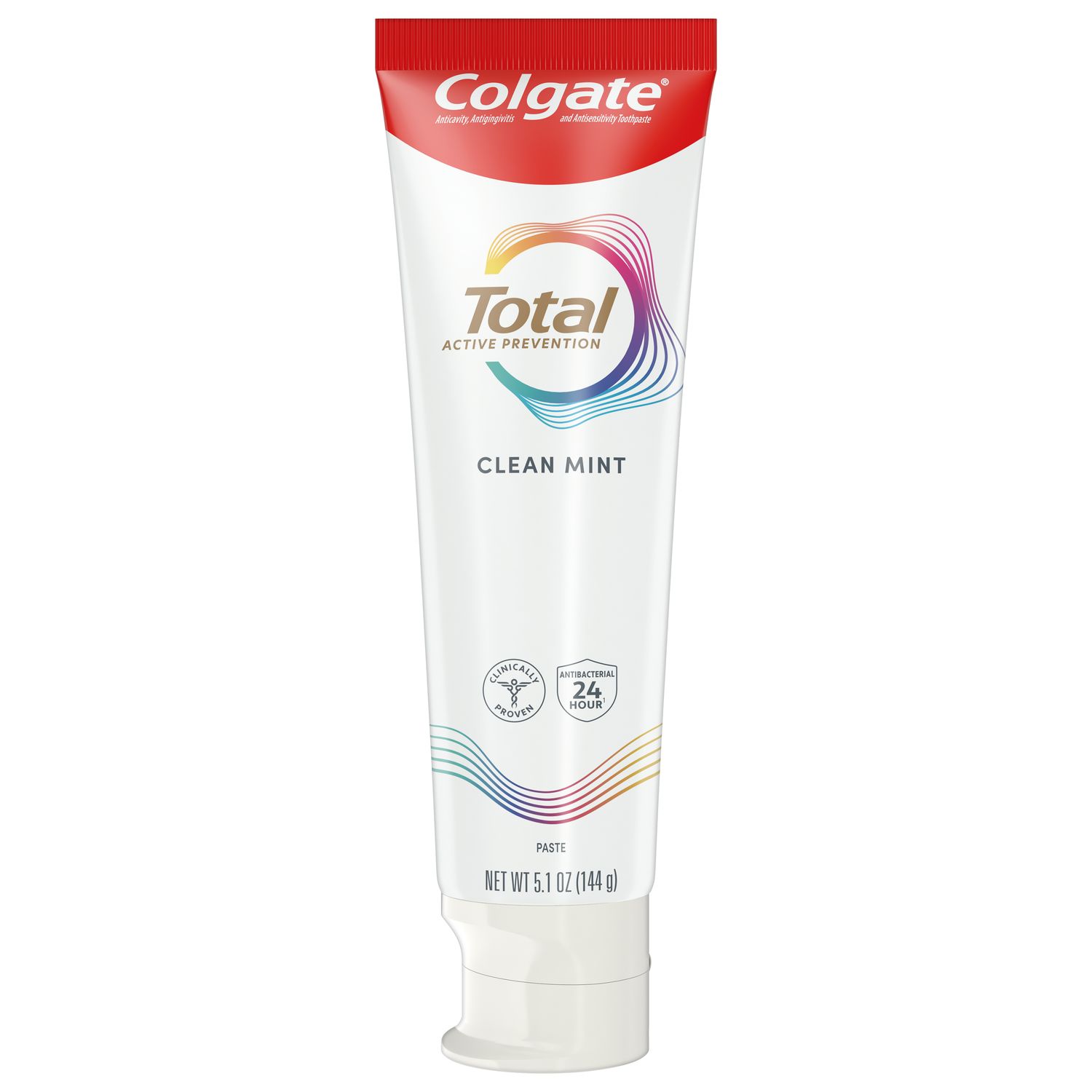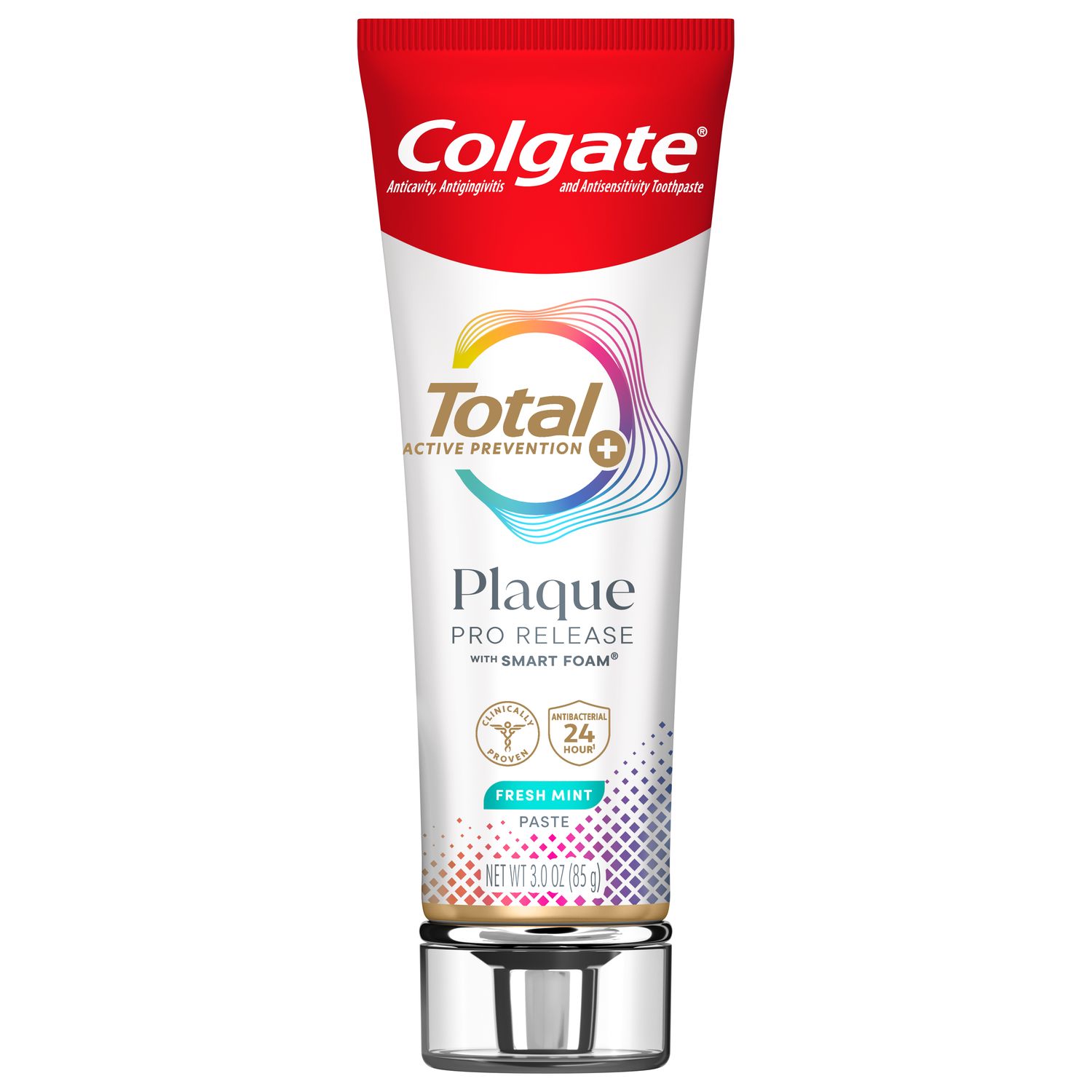
Having a baby is an exciting time in any person's life, but along with the joy comes a list of details to work out before the new family member arrives. Dental hygienists have some special challenges when it comes to balancing work and pregnancy. Planning a dental hygiene maternity leave doesn't have to be stressful if you stay organized and develop a plan that works for you.
Decide How Much Time You Want to Take Off
Determining the length of time to take off for a maternity leave will be different for every woman and partly depends on what you personally feel comfortable with. According to The Balance Careers, it can help to consult the advice of other mothers if you are a first-time mom. You should also consider that it can take the body around six weeks to physically recover from childbirth. Another factor to consider is how lack of sleep may impact your job performance as a dental hygienist.
Begin by talking to your employer early on to discuss the length of time you would like to take for your maternity leave. Then put a plan into place to figure out how your schedule will be covered while you are away. Perhaps a co-worker who works part-time can pick up some of your days, or a substitute dental hygienist can help fill the open time. Coming back at a reduced schedule is another option that may help you ease back into the work routine.
Make a Plan to Cover Expenses While You Are at Home
Now that you've decided how much time you want to take off, the next step is financial preparation. A research study conducted at Ohio State University found that fewer than half of women nationwide are paid when they take a maternity leave. According to the American Pregnancy Association, other types of leave (for example, sick leave and unpaid family leave) are frequently used to pull together a maternity leave. Check your employer's policy to see if any of these resources are available to you.
Another way to prepare for a maternity leave is to start saving money ahead of time. Reserving some money from each paycheck over a period of a few years can really make a difference when it comes to fulfilling a future financial need.
What to Say to Your Patients
What you choose to tell your patients about your pregnancy is up to you, but as your stomach grows in size, so will the number of questions you get. If patients are concerned about who will provide treatment while you are gone, you can assure them that a co-worker or another trusted and qualified dental hygienist will be covering for you while you are out. If some patients feel more comfortable being seen by you, they may choose to wait until you return to work.
How Do You Know If You Qualify for FMLA?
As explained by the U.S. Department of Labor, the Family and Medical Leave Act (FMLA) allows employees to take up to a total of 12 workweeks of unpaid leave in a 12-month period for specific reasons, one of which is the birth (or adoption) of a child. However, to be covered by FMLA, an employee must work for an employer who falls under the FMLA. For example, if an employer has 20 employees within a 75-mile radius, FMLA would not be applicable to the employer as the minimum number is at least 50 employees within a 75-mile radius. Many dental offices would not meet these criteria. Additionally, an employee must have worked 1,250 hours in the past 12 months for the employer, which averages to almost 24 hours per week. So, for example, if you worked 800 hours in the prior 12 months for your employer, you would not be eligible for FMLA (unless you worked fewer than 1,250 hours as a result of fulfilling certain military service obligations). More information on rights and responsibilities for employers and employees, and eligibility, can be found on the U.S. Department of Labor website.
Chances are, your patients and co-workers (especially other moms!) will be happy to hear about your upcoming time off. With a little advance planning, you can make the transition to being a working mom as smooth as possible.
Takeaways
- Do not procrastinate when it comes to planning your dental hygiene maternity leave.
- Choose the amount of time off that works best for you and your baby. Everyone is different!
- Put a savings or insurance plan in place well ahead of time so that you can avoid financial stress during the time off with your child.
Why It's Important
Almost everyone agrees that children grow up too fast, so make sure to plan ahead so that you can spend the amount of quality time you want with your new baby.
Join us
Get resources, products and helpful information to give your patients a healthier future.
Join us
Get resources, products and helpful information to give your patients a healthier future.













